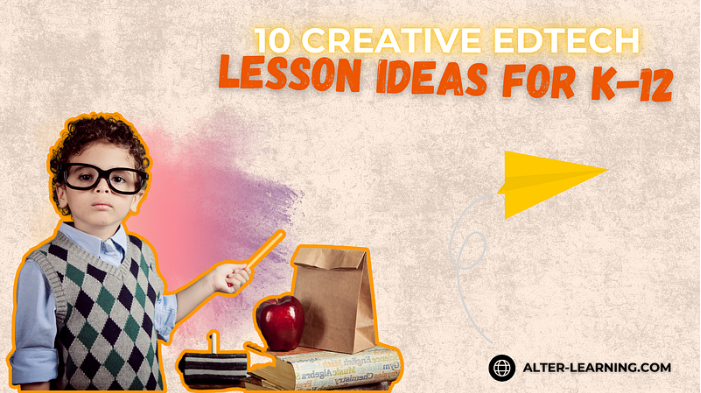Educational technology has the potential to transform how students learn, connect, and grow. From immersive learning environments to interactive STEAM games, digital tools can support critical thinking, creativity, and accessibility in the classroom. But for many schools, particularly those in underserved communities, these tools remain out of reach. That’s where philanthropy plays a critical role.
When foundations, nonprofits, and private donors invest in educational technology, they help bridge the gap between potential and access—ensuring that innovation isn’t limited to the most well-funded classrooms but becomes a resource for all learners.
Why Philanthropic Support Matters
Even as schools recognize the benefits of technology, budget constraints often limit what they can implement. Devices, infrastructure, training, and accessible learning platforms require funding that public resources alone may not cover.
Philanthropic support can help by:
- Expanding access to interactive STEAM learning tools, from science games for kids to engineering challenges for students,
- Supporting the development of accessible educational games, designed to meet the needs of diverse learners,
Funding immersive learning environments, including VR education apps, AR learning experiences, and XR educational content,
- Providing resources for teacher training, ensuring educators can integrate technology effectively,
- Supporting innovation through pilot programs that test new tools and refine them for real classrooms.
These investments can help turn educational technology from an exciting concept into a practical, everyday resource.
Closing the Access Gap
Without philanthropic investment, educational technology risks widening existing inequalities. Students in underfunded schools may miss out on the same immersive, engaging learning experiences available elsewhere.
Philanthropy can play a role in promoting educational equity by:
- Funding devices and reliable internet access for underserved communities,
- Supporting the creation of accessible, low-tech versions of immersive platforms, designed to run on standard school devices,
- Backing programs that integrate social-emotional learning, wellness, and collaboration into EdTech tools,
- Ensuring inclusive design, so platforms support students with different learning needs, including those with disabilities.
With targeted support, donors can help make interactive learning a tool for equity, not exclusion.
Supporting Innovation and Research
Philanthropic organizations are often uniquely positioned to support long-term, research-driven development. Educational platforms, including those designed for STEAM education, benefit from partnerships that allow for:
- Iterative development, refining tools based on real classroom feedback,
- Collaboration with educators, researchers, and accessibility specialists,
- Expansion of content areas, from virtual chemistry labs to AR biology exploration,
- Continuous improvement of accessibility features and inclusive design,
- Exploration of emerging fields, such as VR coding tutorials, digital art creation tools, and 3D geometry puzzles.
This type of investment doesn’t just fund technology—it funds the process of making technology better for learners.
Beyond Tools: Supporting Whole Learning Environments
The most effective educational technology isn’t standalone. It integrates with broader classroom goals, including:
- Promoting collaboration through multiplayer or co-op environments,
- Supporting emotional well-being through safe, inclusive learning spaces,
- Providing pathways for interdisciplinary learning, connecting science, arts, and technology,
- Offering tools for teacher empowerment, such as real-time dashboards and curriculum-aligned content.
Philanthropic support helps ensure that technology enhances—not replaces—the relationships, creativity, and critical thinking that define effective learning.
A Shared Commitment to Student Success
Educational technology holds enormous potential, but realizing that potential requires collaboration. Foundations, donors, and private sector partners have an opportunity to work alongside educators, developers, and communities to create learning environments that are immersive, inclusive, and accessible to all.
Through targeted, thoughtful investment, philanthropy can help turn promising ideas into everyday opportunities for students—supporting not just access to technology, but access to curiosity, confidence, and future-ready skills.
Follow Alter-Learning for more insights into immersive education, edtech success stories, and the future of learning. Want to explore how VR/AR could transform your school or learning platform? Let’s connect.




